I've just started with mapping in R and I've managed to convert a lat, lon dataframe to a raster file and then plot state borders on top of that.
Now I need to get it ready to publish and would like to include only the shape of my 13-state region (and no great lakes).
library(tmap)
usa <- st_as_sf(maps::map("state", fill=TRUE, plot =FALSE))
map_us<- tm_shape(usa)+
tm_borders()
tm_shape(raster_file) +
tm_raster(style = "cont", palette = "viridis", midpoint = 0)+
map_us
I'm having a hard time finding something out there that would provide a polygon for multiple states and I have been through a lot of mapping packages. Sorry I can't include my raster data here.
